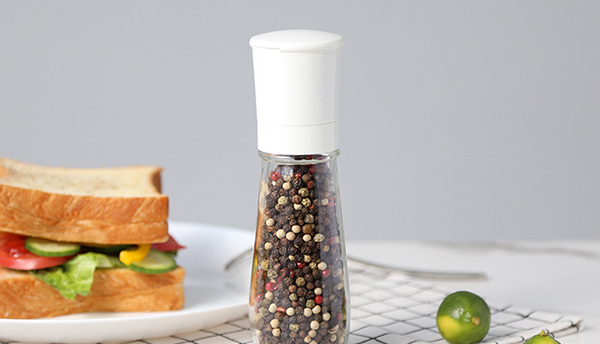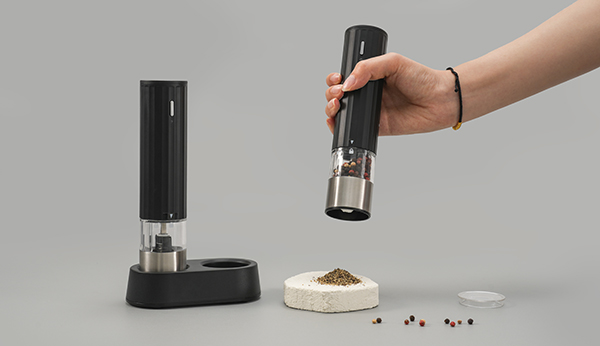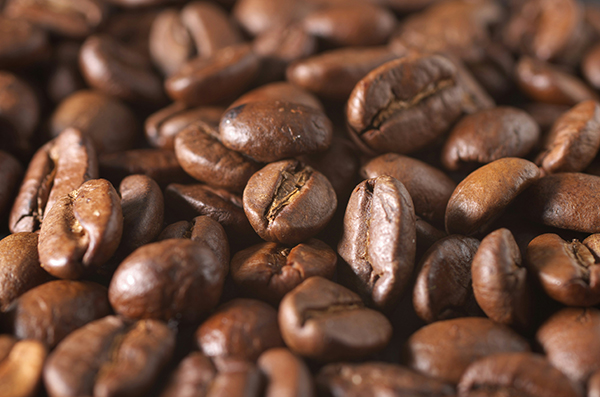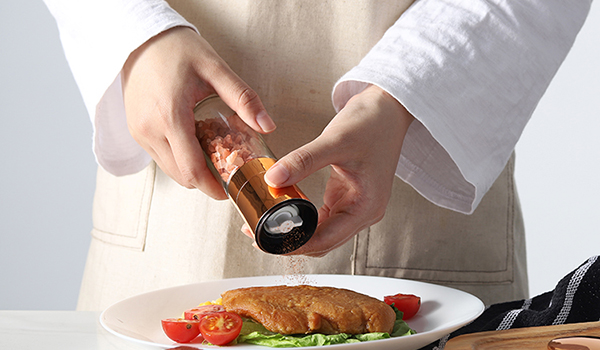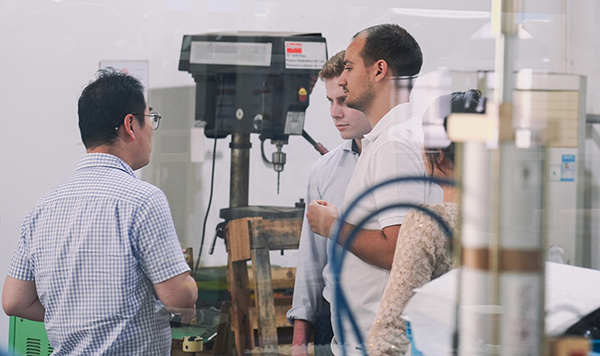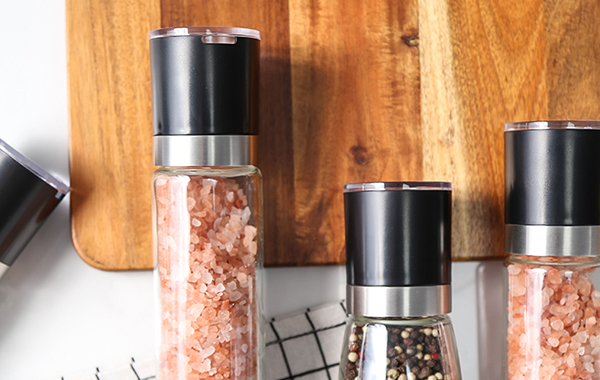The Evolution of Plastic Kitchenware: Non-Toxic Multi-functional Solutions
Plastic has become an indispensable part of our daily lives, revolutionizing the way we prepare, cook, and store food in the kitchen. Its history dates back to the mid-19th century, and its non-toxic, versatile properties have made it a popular choice for kitchen utensils and items.
The introduction of plastic kitchenware has significantly impacted how we interact with cooking tools. Plastic boasts several advantages, including durability, lightweight design, and heat resistance. This blog will delve into the evolution of plastic in kitchenware, emphasizing its non-toxic nature and its role in shaping modern cooking methods.
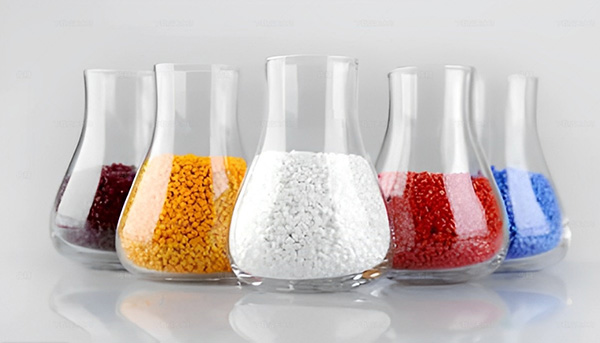
Plastic's History: Non-Toxic Innovation
Initially developed as a synthetic alternative to natural materials like wood, metal, and glass, plastic has evolved to offer various unique properties. One of its major advantages is being non-toxic, making it safe for use in food-related applications.
Characteristics of Plastic: Convenience and Safety
Unlike some traditional materials, plastic does not react with food or beverages, ensuring that items stored or prepared in plastic containers remain unaffected in taste and quality. Additionally, its lightweight nature makes it easy to handle and transport. With strong corrosion resistance, plastic can withstand contact with acids, alkalis, and various spices, ensuring its longevity in kitchen applications. Various spice grinders, for instance, utilize plastic in their construction.
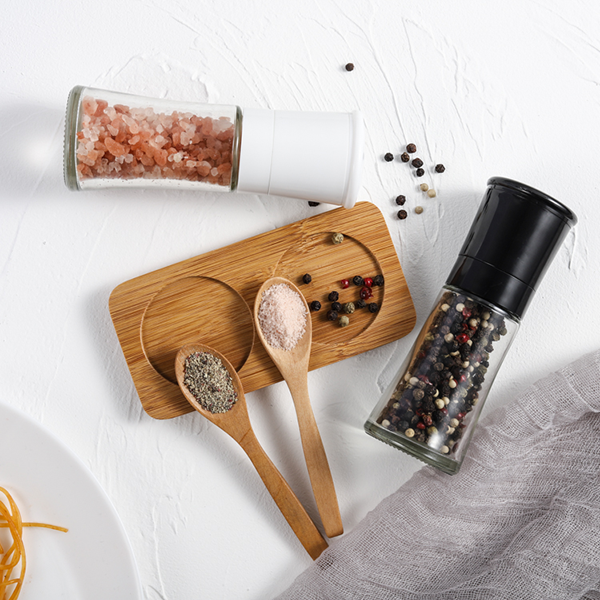
The Role of Plastic in Kitchenware: Shaping Modern Cooking Methods
The use of plastic in kitchen utensils has transformed how we prepare and cook food. Plastic can be molded into various shapes and sizes, allowing for the creation of ergonomic and practical kitchen tools that cater to the needs of both home cooks and professional chefs.
Moreover, certain types of plastic, such as polypropylene (PP), offer heat resistance, enduring the rigors of the kitchen. This expands the possibilities of plastic in various kitchenware applications, providing users with convenience and efficiency. For example, items like oil dispensers and brushes are made using plastic without the worry of them cracking under high temperatures.
The Future of Plastic Kitchenware: Innovation and Sustainable Development
With technology and innovation driving the advancement of the plastic industry, the prospects for its use in kitchenware are vast. Today, there's a growing focus on sustainable development and environmentally friendly materials. Kitchenware manufacturers are exploring new methods for producing recyclable and eco-friendly plastics. The shift towards sustainable plastics will further enhance the appeal of plastic kitchenware, providing consumers with more environmentally conscious and intelligent choices for their cooking needs.
Chinagama Kitchenware Manufacturer utilizes environmentally friendly and sustainable materials such as plastic, stainless steel, and glass in its products. With stringent quality control measures overseen by independent quality control departments throughout the production process, all products undergo testing and certification from LFGB, FDA, BRC, and other standards. Chinagama is your trusted kitchenware factory.
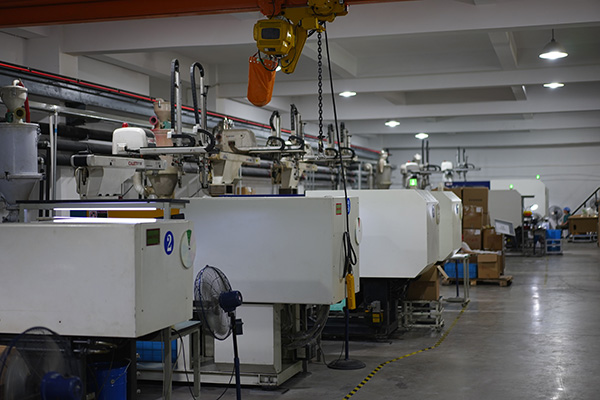
In conclusion, the use of plastic kitchenware has had a profound impact on modern cooking methods. As the plastic industry continues to evolve, the future of plastic kitchenware will be one of innovation and sustainable development, offering consumers safe, practical, and eco-friendly solutions for their cooking activities.



